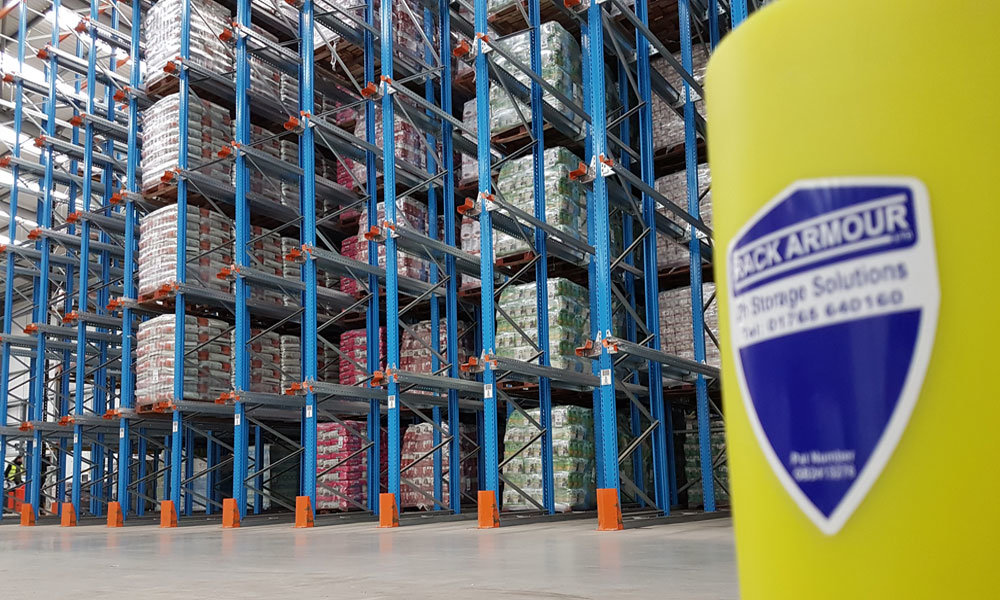
Pros and Cons of Drive in Racking
Efficient warehouse management hinges on the ability to store large quantities of goods while making optimal use of available space. Drive-in racking systems have emerged as a cornerstone solution for warehouses looking for high-density storage. By allowing pallets to be positioned deeper along the storage rail, these systems revolutionize vertical space utilization. In this article, we delve deeper into the advantages and considerations of implementing a drive-in warehouse system.
Pros of Drive-In Racking
- Improved Space Utilization: The fundamental advantage of drive-in racking lies in its ability to make efficient use of both floor space or the floor surface area and vertical space. Warehouses can store goods densely, enabling them to maximize their storage capacity. This is particularly beneficial for businesses dealing with high volumes of inventory.
- Reduced Goods Damage: Modern drive-in racking systems are designed with durability in mind. They feature heavy-duty frames and secure pallet positions, minimizing the risk of goods becoming damaged during storage and retrieval processes. This enhanced structural integrity ensures a longer lifespan for the system.
- Enhanced Order Fulfillment Efficiency: The space-efficient nature of drive-in racking systems leads to a streamlined workflow. This means that goods can move back and forth seamlessly, reducing the time it takes to fulfill orders. This increased efficiency translates to faster delivery times and improved customer satisfaction.
- Scalability for Business Growth: Drive-in racking systems offer a flexible solution that can adapt to the evolving needs of a business. Starting with a single tier allows for gradual expansion as demand increases. This scalability is a key asset for businesses experiencing growth or seasonal fluctuations.
Cons of Drive-In Racking
- Limited Forklift Options: While drive-in racking systems offer numerous benefits, they do require specific forklift trucks for efficient pallet movement. Warehouses considering this system should ensure their existing forklifts are compatible with the drive-in pallet racking dimensions. This may necessitate modifications or the acquisition of specialized equipment.
- LIFO Rotation Method: Drive-in racking systems typically operate on a Last In, First Out (LIFO) rotation method. While this method is suitable for certain industries, it may not be ideal for others. Businesses dealing with perishable goods or products with fixed expiration dates should carefully consider their stock rotation strategy.
These racking systems represent a powerful tool in the arsenal of modern warehousing solutions. By carefully weighing the benefits and considerations outlined above, businesses can make informed decisions about integrating this technology into their operations. With the potential to significantly enhance storage efficiency, drive-in racking systems pave the way for more streamlined and optimized warehouse management.

